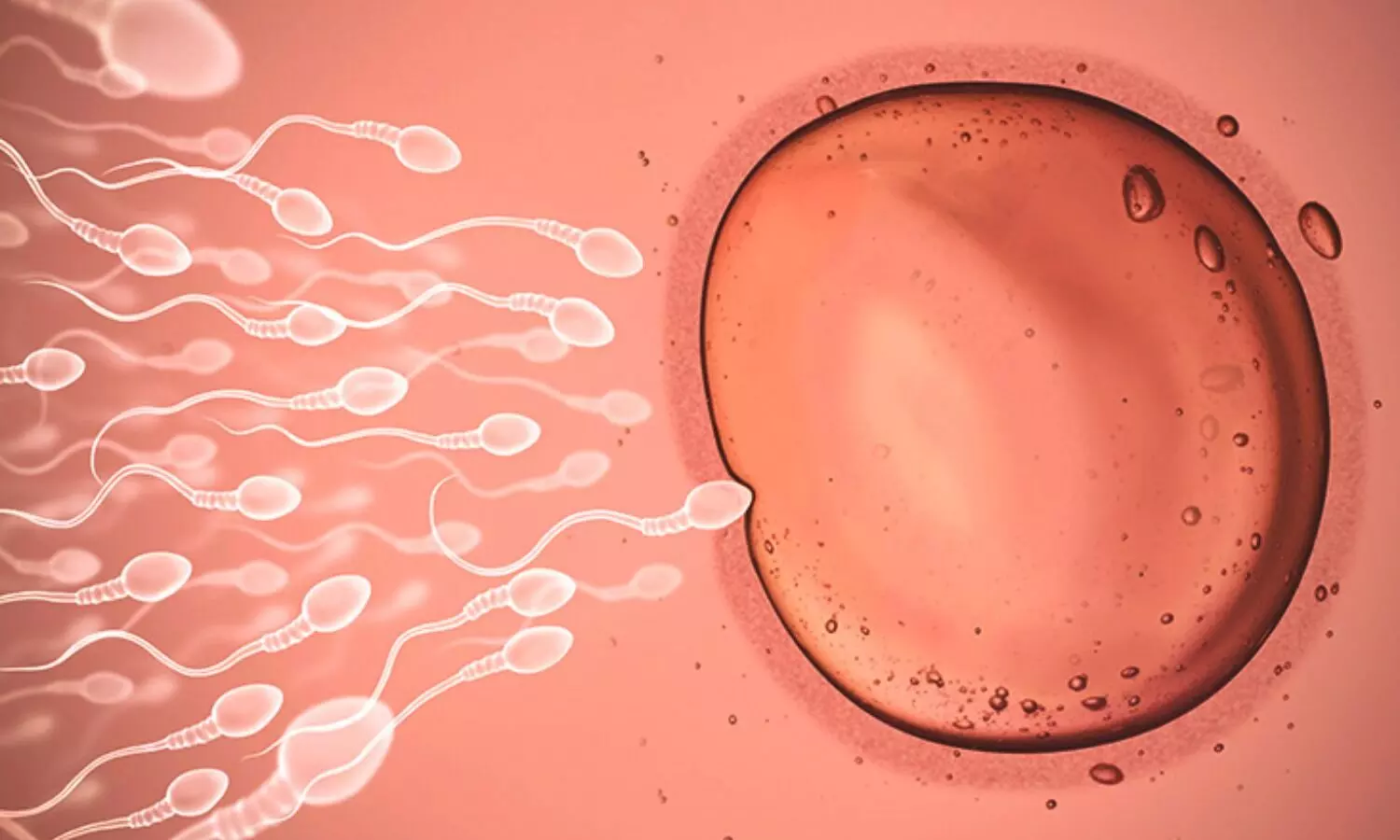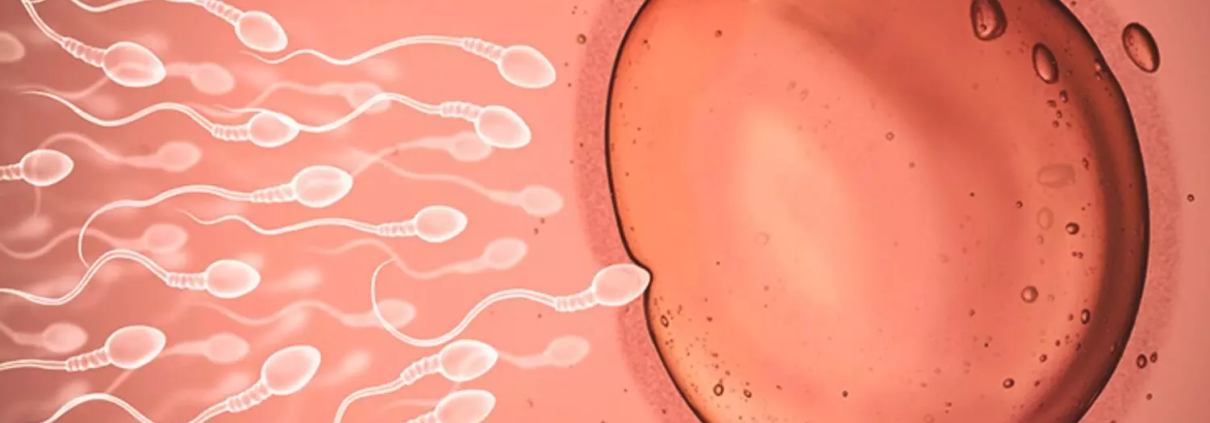Ultra-processed food consumption and semen quality parameters: Led-Fertyl study

There is growing concern regarding infertility and human
semen quality because 8–12% of couples of reproductive age, around the world,
have difficulties conceiving. It is estimated that male factors account for up
to 40–50% of this infertility burden. The remarkable decrease in semen quality
over the last decades, particularly in developed and industrialized countries,
highlights the potential roles of environmental and lifestyle factors in this
decline. Environmental pollution, illicit drug use, smoking, alcohol
consumption, dietary exposure to potential endocrine-disrupting chemicals,
psychological stress, and unhealthy diets have been hypothesized to be involved
in the etiology of poor semen quality. Given their modifiable nature,
decreasing exposure to these could be appropriate in infertility prevention.
Among lifestyle risk factors, dietary habits appear to have an important role
in semen quality.
Previous research has reported that adherence to healthy
dietary patterns rich in unprocessed or minimally processed food (fruits,
vegetables, legumes, or nuts) and low in red and processed meat or
sugar-sweetened beverages, such as the Mediterranean or Prudent diet is
positively associated with semen quality. In contrast, the Western diet, rich
in meat and processed meat, dairy products, and sugar-sweetened beverages, has
a high glycaemic index and seems to be negatively associated with different
semen quality parameters. Unfortunately, the Western dietary pattern, which is
associated with a higher consumption of ultra-processed food (UPF), has been
rising during recent decades. UPFs are industrial formulations typically of
poor nutritional quality and containing several added ingredients including
sugar, salt, fat, artificial colors, flavors and stabilizers, among other
additives. Thus, they are ready-to-eat, low-cost, hyper-palatable, convenience
products with a long shelf life. Additionally, most of them are low in
health-beneficial dietary components such as fiber, vitamins, minerals, and
phytochemicals. A significant body of scientific evidence has reported an
association between UPF consumption and several chronic diseases such as
obesity, diabetes, hypertension, cardiovascular disease (CVD), cancer, and
all-cause mortality.
Currently, UPFs constitute a significant and growing
component of the global food supply, playing a crucial role in the average
consumer’s diet. However, their impact on semen quality has been scarcely
studied.
A cross-sectional analysis was conducted using data from 200
healthy men (mean age 28.4 ± 5.5 years) enrolled in the Led-Fertyl (Lifestyle
and Environmental Determinants of Seminogram and Other Male Fertility-Related
Parameters) study between February 2021 and April 2023. UPF consumption (% of
energy from UPF) was estimated according to the NOVA classification system
using a validated 143-item semi-quantitative food frequency questionnaire.
Total sperm count, sperm concentration, sperm vitality, total motility,
progressive motility, and normal sperm forms were set as the main outcomes.
Microscopic parameters were analyzed using a phase-contrast microscope and a
computer-assisted sperm analysis (CASA) system. Semen samples were collected
and tested according to World Health Organization 2010 standards. Multivariable
linear regression models were fitted to estimate the associations between UPF
tertile and semen quality parameters.
Sperm concentration (95% CI: −2.72 to −0.12) and motility (CI:
−15.16 to −0.51) were lower in participants in the highest tertile of UPF
compared to the lowest. A similar association was observed for sperm count when
UPF was analyzed per 10% increment of energy from UPF consumption (95% CI:
−2.83 to −0.17). Theoretically replacing 10% of energy from UPF consumption
with 10% of energy from unprocessed or minimally processed food consumption was
associated with a higher total sperm count, sperm concentration, total
motility, progressive motility, and normal sperm forms.
This is the first study using the NOVA classification system
to examine the association between UPF consumption and several semen quality
parameters. The findings of this cross-sectional analysis conducted in young
healthy men suggest that higher consumption of UPF is associated with lower
total sperm count, concentration and total motility. Moreover, replacing 10% of
energy from UPF consumption with unprocessed or minimally processed food was
associated with increases in total sperm count, sperm concentration, total
motility, progressive motility, and normal sperm forms.
High dietary UPF consumption was inversely associated with
certain semen quality parameters, including total sperm count, sperm
concentration, and total motility, in a population of young and healthy men.
Additionally, study results suggest that unprocessed and minimally processed
food consumption instead of UPF could have a beneficial effect on semen quality
parameters. Although the observed results could help to update or even develop
preventive and interventional male infertility programs, further studies are
required to replicate our observations, extend them to other populations, and
examine the underlying biological mechanisms explaining the associations found,
specifically long-term and/or well-controlled clinical trials.
Source: Valle-Hita et al.; Human Reproduction Open, 2024,
2024(1), hoae001 https://doi.org/10.1093/hropen/hoae001



